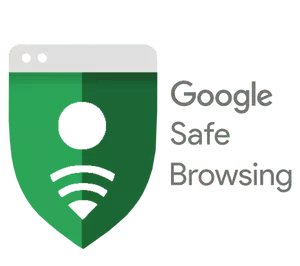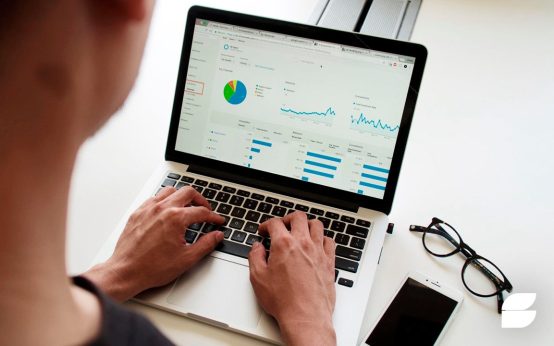Borrowing money is a financial tool that, when used wisely, can help you achieve your goals, whether it’s buying a home, starting a business, or covering unexpected expenses. However, not all borrowing methods are created equal. The key to successful borrowing lies in understanding your options, evaluating your needs, and choosing the most cost-effective and manageable solution. In this guide, we’ll explore the best ways to borrow money, highlighting the pros and cons of each method to help you make informed decisions.
1. Personal Loans: Versatile and Accessible

Personal loans are one of the most popular ways to borrow money. They are typically unsecured, meaning you don’t need to provide collateral, and can be used for a variety of purposes, from debt consolidation to home improvements.
Pros:
- Flexibility: Use the funds for almost any purpose.
- Fixed Interest Rates: Predictable monthly payments.
- Quick Approval: Many lenders offer fast processing times.
Cons:
- Higher Interest Rates: Unsecured loans often come with higher rates compared to secured options.
- Credit Dependency: Your credit score significantly impacts the terms and approval.
Tip: Compare offers from multiple lenders to secure the best interest rate and terms.
2. Credit Cards: Convenient but Costly
Credit cards are a convenient way to borrow money for short-term needs. They offer flexibility and rewards, but they can also lead to high-interest debt if not managed properly.
Pros:
- Ease of Use: Accepted almost everywhere.
- Rewards Programs: Earn cashback, points, or travel miles.
- Interest-Free Period: Pay off your balance within the grace period to avoid interest.
Cons:
- High-Interest Rates: Carrying a balance can be expensive.
- Temptation to Overspend: Easy access to credit can lead to financial strain.
Tip: Use credit cards for small, manageable purchases and pay off the balance in full each month.
3. Home Equity Loans and HELOCs: Leveraging Your Property
If you own a home, you can tap into its equity through a home equity loan or a home equity line of credit (HELOC). These options allow you to borrow against the value of your home.
Pros:
- Lower Interest Rates: Secured by your home, these loans typically have lower rates.
- Large Loan Amounts: Access significant funds for major expenses.
- Tax Benefits: Interest may be tax-deductible (consult a tax advisor).
Cons:
- Risk of Foreclosure: Your home serves as collateral, so defaulting can lead to losing your property.
- Fees and Closing Costs: These can add up, making the loan more expensive.
Tip: Use home equity loans for long-term investments, such as home renovations, that increase your property’s value.
4. Peer-to-Peer Lending: A Modern Alternative
Peer-to-peer (P2P) lending platforms connect borrowers directly with individual investors. This method can offer competitive rates and a streamlined application process.
Pros:
- Competitive Rates: Often lower than traditional banks.
- Flexible Terms: Borrowers with varying credit profiles may qualify.
- Fast Funding: Some platforms provide quick access to funds.
Cons:
- Fees: Origination fees can increase the cost of borrowing.
- Credit Requirements: While more flexible, your credit score still plays a role.
Tip: Research P2P platforms thoroughly and read reviews to ensure you’re working with a reputable service.
5. Payday Loans: A Last Resort
Payday loans are short-term, high-interest loans designed to cover expenses until your next paycheck. While they provide quick cash, they come with significant risks.
Pros:
- No Credit Check: Accessible to borrowers with poor credit.
- Fast Approval: Funds are often available within hours.
Cons:
- Exorbitant Interest Rates: APRs can exceed 400%.
- Debt Trap: Many borrowers struggle to repay, leading to a cycle of debt.
Tip: Avoid payday loans unless absolutely necessary and explore other options first.
6. Borrowing from Family and Friends: A Personal Approach
Borrowing from loved ones can be a low-cost and flexible option, but it requires clear communication and trust.
Pros:
- Low or No Interest: Often more affordable than traditional loans.
- Flexible Repayment Terms: Can be tailored to your situation.
Cons:
- Strained Relationships: Financial disputes can damage personal connections.
- Lack of Formality: Without a written agreement, misunderstandings can arise.
Tip: Treat the arrangement professionally by drafting a written agreement outlining the terms.
7. 401(k) Loans: Borrowing from Your Future
If you have a 401(k) retirement plan, you may be able to borrow against it. This option allows you to access funds without a credit check, but it comes with risks.
Pros:
- No Credit Check: Your credit score doesn’t affect eligibility.
- Low Interest: You pay interest back to your own account.
Cons:
- Retirement Impact: Reduces your retirement savings potential.
- Repayment Obligations: If you leave your job, the loan may become due immediately.
Tip: Use this option sparingly and only for critical financial needs.
Choosing the Right Borrowing Methot

Borrowing money is a significant financial decision that requires careful consideration. The best way to borrow depends on your specific needs, financial situation, and ability to repay. Personal loans and credit cards offer flexibility, while home equity loans and P2P lending can provide lower interest rates. Payday loans should be avoided unless absolutely necessary, and borrowing from family or your 401(k) requires caution to avoid personal or financial repercussions.
Before committing to any borrowing method, assess your financial health, compare options, and read the fine print. By making informed choices, you can borrow responsibly and achieve your financial goals without unnecessary stress.



 The Future of Forecasting: A Deep Dive into Prediction Markets <p class='sec-title' style=' font-weight: normal; line-height: 1.9rem !important; font-size: 17px !important;'> Understanding Prediction Markets, Their Functionality, and the Risks Involved </p>
The Future of Forecasting: A Deep Dive into Prediction Markets <p class='sec-title' style=' font-weight: normal; line-height: 1.9rem !important; font-size: 17px !important;'> Understanding Prediction Markets, Their Functionality, and the Risks Involved </p>  Exploring Zero-Day Options (0DTE): Risks and Rewards <p class='sec-title' style=' font-weight: normal; line-height: 1.9rem !important; font-size: 17px !important;'> A deep dive into Zero-Day Options </p>
Exploring Zero-Day Options (0DTE): Risks and Rewards <p class='sec-title' style=' font-weight: normal; line-height: 1.9rem !important; font-size: 17px !important;'> A deep dive into Zero-Day Options </p>  Everything You Need to Know About Applying for the Seen Mastercard <p class='sec-title' style=' font-weight: normal; line-height: 1.9rem !important; font-size: 17px !important;'> Your Guide to Unlocking the Benefits of the Seen Mastercard </p>
Everything You Need to Know About Applying for the Seen Mastercard <p class='sec-title' style=' font-weight: normal; line-height: 1.9rem !important; font-size: 17px !important;'> Your Guide to Unlocking the Benefits of the Seen Mastercard </p>